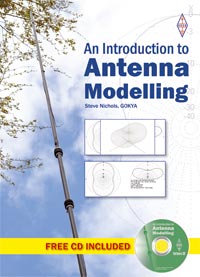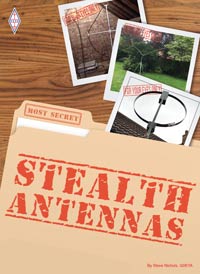The FUNcube-1 cubesat launched successfully this morning aboard a Dnepr rocket. It has already been heard in the UK and South Africa. Now the job of making sure everything checks out begins before it is fully ready for use by schools and amateurs.
In the meantime, see if you can hear it.
The frequencies are:
Radio Communications Payload
145.935 MHz BPSK Telemetry 30 or 300 mW
Inverting SSB/CW transponder 300 mW PEP
435.150 – 435.130 MHz Uplink
145.950 – 145.970 MHz Downlink
A program like Orbitron will tell you where the satellite is, although I imagine the Kepplerian elements to track it will be updated over the next few days. The raw ones I have are:
FUNCUBE-1
1 99991U 00000 13325.30956308 .00000106 00000-0 10000-3 0 00010
2 99991 097.7956 038.2570 0059925 198.5190 336.5388 14.77841394000015
Take a look at http://amsat-uk.org/ for up to date info.
Update: I just heard FUNcube-1 on the 21/11 19:52 pass, so the Keps look about right. I used USB on 145.935MHz +/- Doppler. It wasn't very strong, but I was only using a Slim Jim in the loft with some lossy RG58 coax. I think a beam is the way to go.
Here are some predicted passes for the next few days - no promises due to the raw element data that needs to be updated!
2013-11-21 19:52:44 FUNCUBE-1 80.4 10.0 ecl 2114 284.1 -35.7
2013-11-21 19:54:53 FUNCUBE-1 52.5 13.2 ecl 1896 284.6 -36.0
2013-11-21 19:57:01 FUNCUBE-1 24.7 10.0 ecl 2103 285.1 -36.3
2013-11-21 21:25:56 FUNCUBE-1 154.3 10.0 ecl 2118 308.3 -48.3
2013-11-21 21:30:33 FUNCUBE-1 71.7 68.9 ecl 722 309.8 -48.9
2013-11-21 21:35:07 FUNCUBE-1 349.9 10.0 ecl 2099 311.2 -49.4
2013-11-21 23:04:11 FUNCUBE-1 226.1 10.0 ecl 2119 344.2 -56.7
2013-11-21 23:07:27 FUNCUBE-1 271.0 18.6 ecl 1609 345.6 -56.8
2013-11-21 23:10:41 FUNCUBE-1 315.7 10.0 ecl 2107 346.9 -57.0
2013-11-22 10:46:06 FUNCUBE-1 19.3 10.0 ? 2036 166.6 16.2
2013-11-22 10:50:30 FUNCUBE-1 101.6 64.2 ? 691 167.7 16.4
2013-11-22 10:54:45 FUNCUBE-1 184.1 10.1 ? 1968 168.7 16.5
2013-11-22 12:23:19 FUNCUBE-1 348.5 10.0 ? 2037 190.4 16.6
2013-11-22 12:26:32 FUNCUBE-1 301.8 20.0 ? 1458 191.1 16.5
2013-11-22 12:29:41 FUNCUBE-1 254.9 10.0 ? 1991 191.9 16.4
2013-11-22 20:13:39 FUNCUBE-1 101.0 10.0 ecl 2112 288.7 -38.8
2013-11-22 20:16:50 FUNCUBE-1 57.3 18.8 ecl 1596 289.5 -39.3
2013-11-22 20:20:00 FUNCUBE-1 13.4 10.0 ecl 2096 290.2 -39.8
2013-11-22 21:48:09 FUNCUBE-1 169.4 10.1 ecl 2111 315.2 -51.0
2013-11-22 21:52:47 FUNCUBE-1 256.3 77.8 ecl 691 316.7 -51.5
2013-11-22 21:57:23 FUNCUBE-1 343.5 10.0 ecl 2095 318.3 -52.0
2013-11-22 23:28:12 FUNCUBE-1 252.5 10.0 ecl 2114 354.3 -57.6
2013-11-22 23:29:59 FUNCUBE-1 275.4 12.0 ecl 1976 355.1 -57.6
2013-11-22 23:31:46 FUNCUBE-1 298.3 10.0 ecl 2109 355.9 -57.6
Steve G0KYA
























